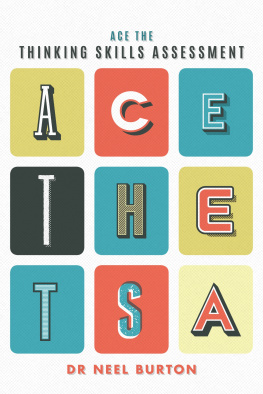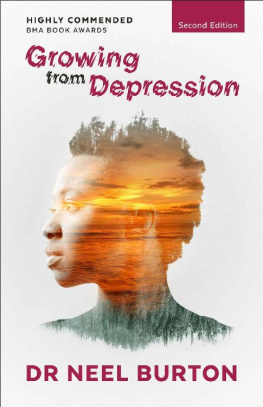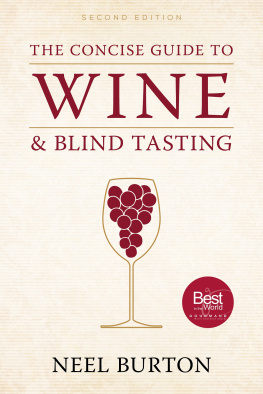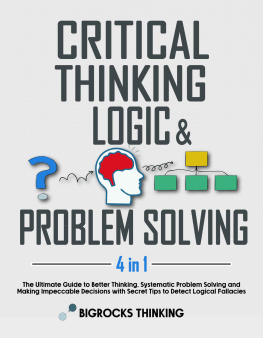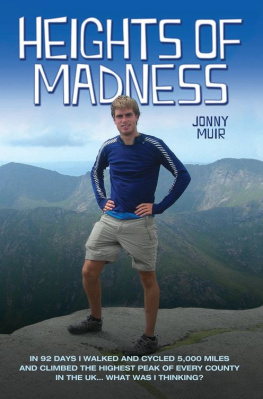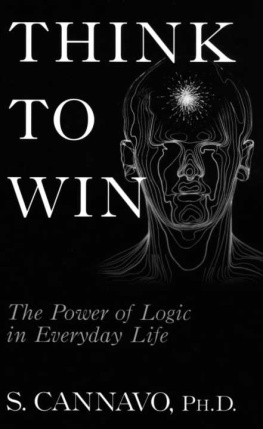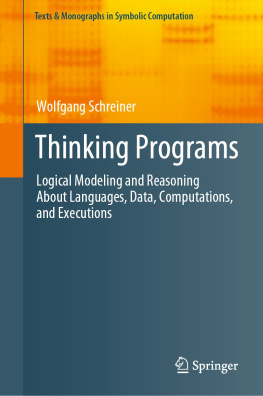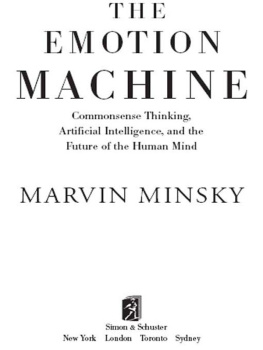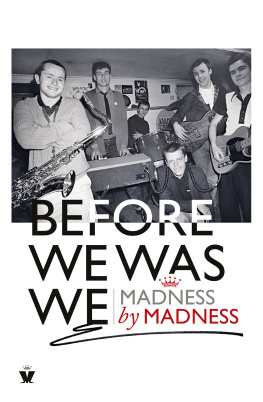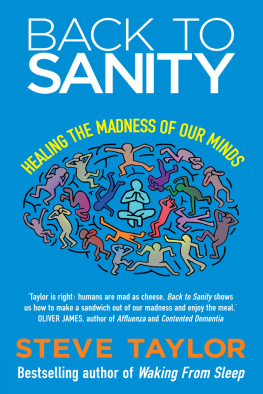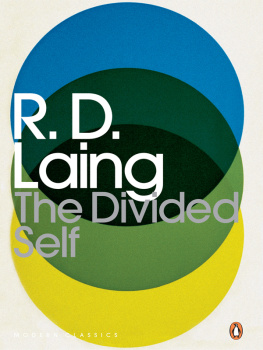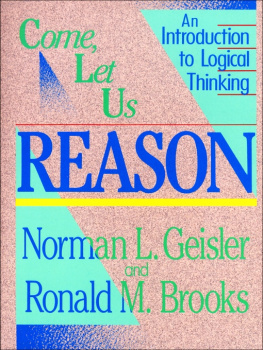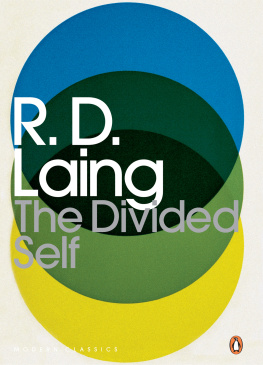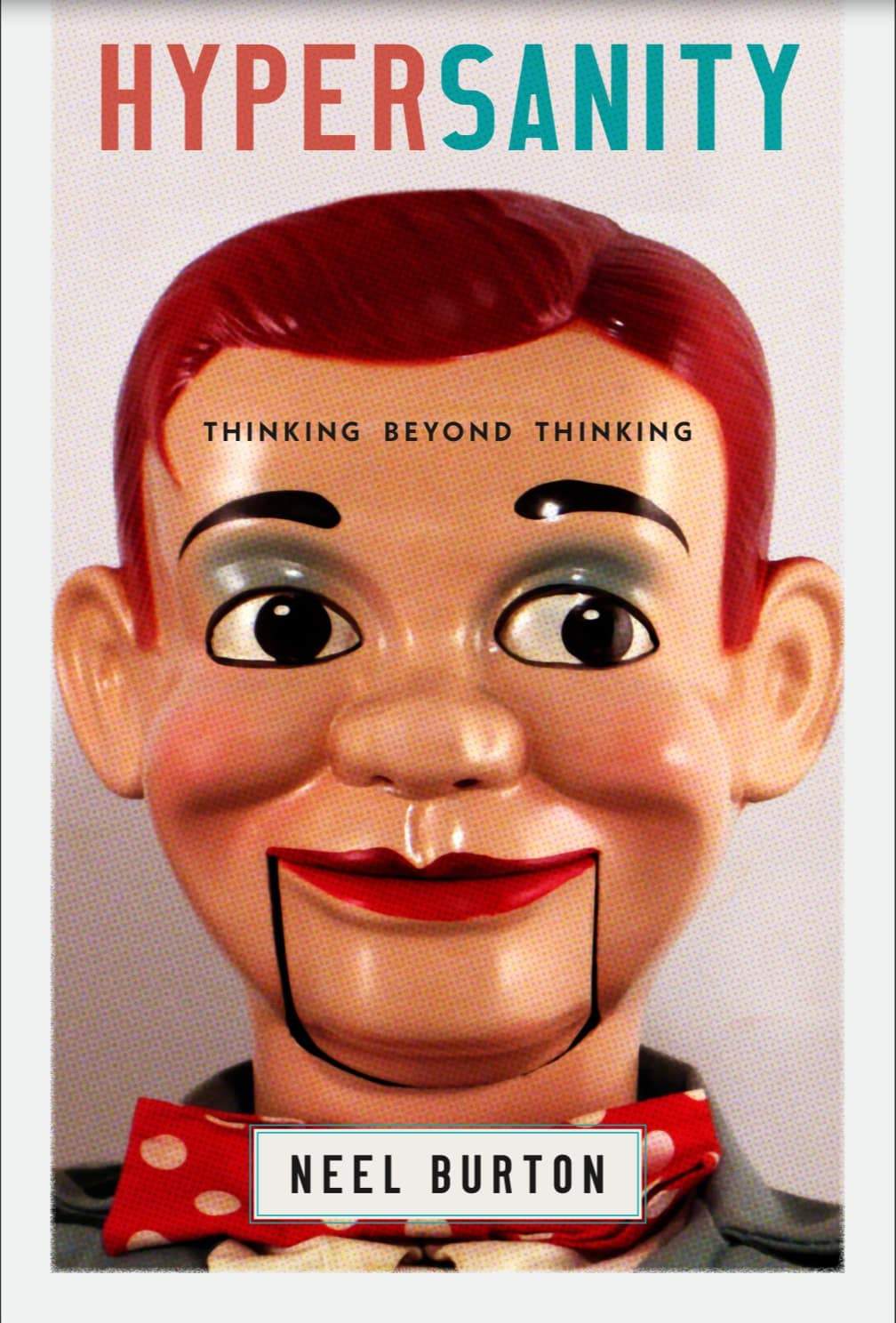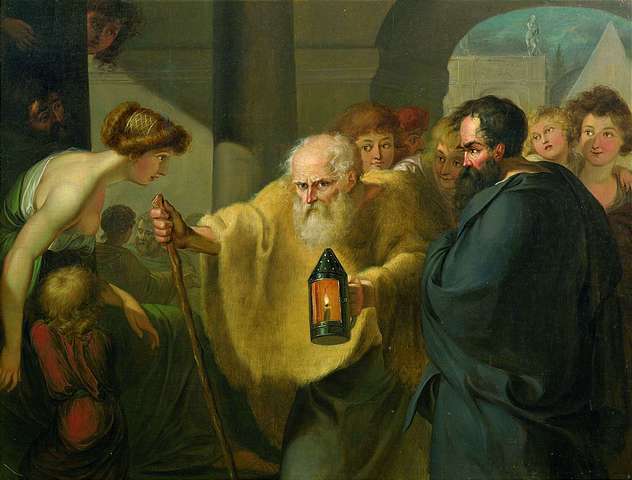Neel Burton - Hypersanity: Thinking Beyond Thinking (Ataraxia Book 5)
Here you can read online Neel Burton - Hypersanity: Thinking Beyond Thinking (Ataraxia Book 5) full text of the book (entire story) in english for free. Download pdf and epub, get meaning, cover and reviews about this ebook. year: 2019, publisher: Acheron Press, genre: Home and family. Description of the work, (preface) as well as reviews are available. Best literature library LitArk.com created for fans of good reading and offers a wide selection of genres:
Romance novel
Science fiction
Adventure
Detective
Science
History
Home and family
Prose
Art
Politics
Computer
Non-fiction
Religion
Business
Children
Humor
Choose a favorite category and find really read worthwhile books. Enjoy immersion in the world of imagination, feel the emotions of the characters or learn something new for yourself, make an fascinating discovery.

- Book:Hypersanity: Thinking Beyond Thinking (Ataraxia Book 5)
- Author:
- Publisher:Acheron Press
- Genre:
- Year:2019
- Rating:5 / 5
- Favourites:Add to favourites
- Your mark:
Hypersanity: Thinking Beyond Thinking (Ataraxia Book 5): summary, description and annotation
We offer to read an annotation, description, summary or preface (depends on what the author of the book "Hypersanity: Thinking Beyond Thinking (Ataraxia Book 5)" wrote himself). If you haven't found the necessary information about the book — write in the comments, we will try to find it.
RD Laing presented madness as a voyage of discovery that could open out onto a free state of higher consciousness, or hypersanity. But if there is such a thing as hypersanity, then mere sanity is not all its cracked up to be, a state of dormancy and dullness with less vital potential even than madness. We could all go mad, in a way we already are, minus the promise. But what if there was another route to hypersanity, one which, compared to madness, was less fearsome, less dangerous, and less damaging? What if, as well as a backdoor way, there was also a royal road strewn with petals and sprayed with perfume?
This is a book about thinking, which, astonishingly, is barely taught in formal education. Our culture mostly equates thinking with logical reasoning, and the first few chapters examine logic, reason, their forms, and their flaws, starting with the basics of argumentation. But thinking is also about much more than logical reasoning, and so the book broadens out to examine concepts such as intelligence, knowledge, and truth, and alternative forms of cognition that our culture tends to overlook and underplay, including intuition, emotion, and imagination.
If Hypersanity fails to live up to its tall promise, it should at least make you into a better thinker. And so you can approach the book as an opportunity to hone your thinking skills, which, in the end, are going to be far more important to your impact and wellbeing than any facts that you could ever learn. As BF Skinner once put it, Education is what survives when what has been learnt has been forgotten.
Burton guides the reader to unlearn, rediscover, and return to wholeness. It is a journey out of Platos caveThe International Review of Books
Ive read many Neel Burton books. Hes a wonderful writer and able to immerse you lightly in pretty heavy stuff.Adrian Bailey, Vine Voice
There is more golden wisdom flowing from these pages than can be explained in an overview ... Highly recommended.Grady Harp, Amazon.com Top 100 reviewer
What an intriguing book! It truly is a book that makes you think about thinking ... You will understand not only your own thinking better but also the thinking of others who matter in your world.Jamie Bee, Amazon.com Top 50 Reviewer
Burton is never short of an interesting and sharp judgment.Prof Peter Toohey, Psychology Today
About the author
Dr Neel Burton is a psychiatrist, philosopher, and wine-lover who lives and teaches in Oxford, England. He is a Fellow of Green-Templeton College in the University of Oxford, and the recipient of the Society of Authors Richard Asher Prize, the British Medical Associations Young Authors Award, the Medical Journalists Association Open Book Award, and a Best in the World Gourmand Award. His work has featured in the likes of Aeon, the Spectator, and the Times, and been translated into several languages.
Contents
Introduction
1. Arguments
2. Fallacies
3. Questions
4. Answers
5. Enemies
6. Rhetoric
7. Language
8. Languages
9. Reason
10. Intelligence
11. Knowledge
12. Memory
13. Science
14. Magic
15. Truth
16. Intuition
17. Wisdom
18. Inspiration
19. Insight
20. Emotion
21. Music
22. Imagination
Final Words
Grab your copy now and prepare to be thoroughly challenged!
Neel Burton: author's other books
Who wrote Hypersanity: Thinking Beyond Thinking (Ataraxia Book 5)? Find out the surname, the name of the author of the book and a list of all author's works by series.

